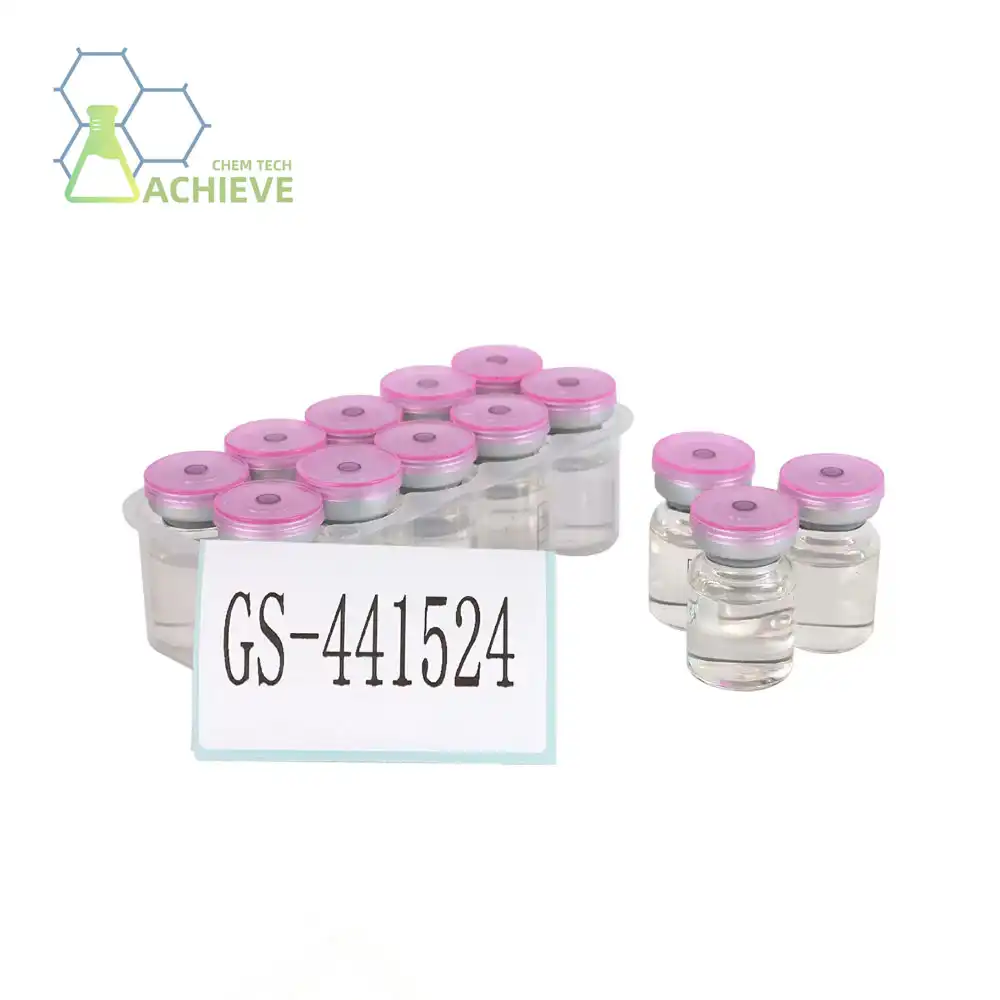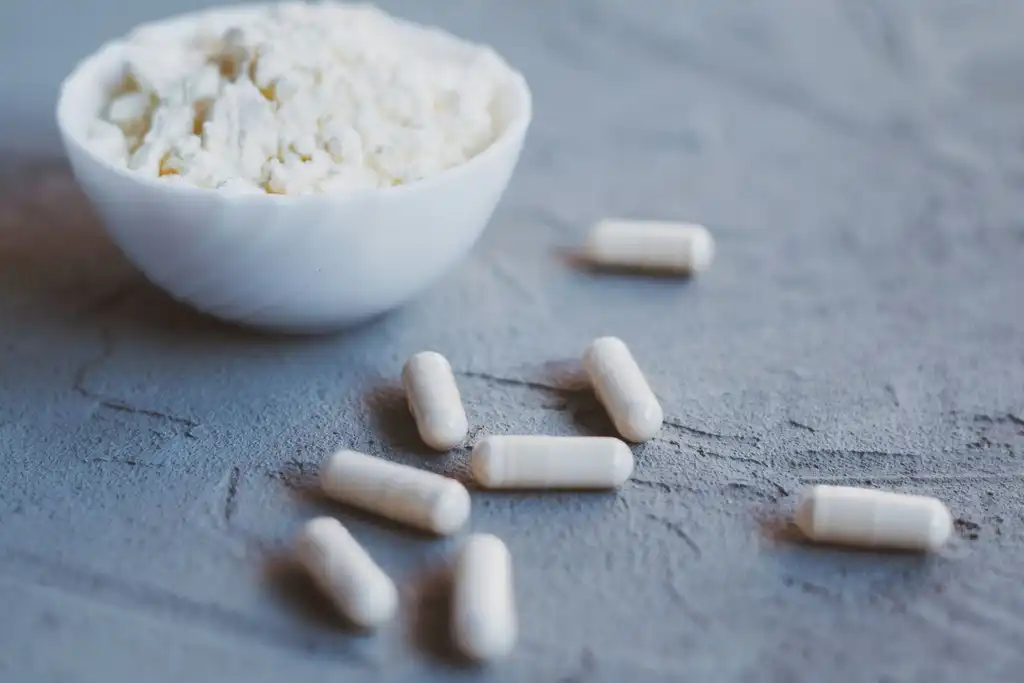Do cats need to be treated for 84 days for FIP?
Feline Infectious Peritonitis (FIP) is a devastating disease that has long been considered fatal for cats. However, recent advancements in treatment using GS-441524 have brought hope to cat owners and veterinarians alike. One of the most common questions surrounding this treatment is whether cats truly need to be treated for 84 days. In this article, we'll explore the reasons behind the 84-day protocol, potential variations in treatment duration, and the risks associated with stopping treatment early.
Product: https://www.bloomtechz.com/oem-odm/injection/gs-441524-injection.html
|
|
|
|
Why is the 84-day FIP treatment protocol recommended?
The 84-day (12-week) treatment protocol for FIP using GS-441524 has become the standard recommendation based on extensive research and clinical experience. This duration is not arbitrary but has been carefully determined to maximize the chances of a successful cure. Here are some key reasons why the 84-day treatment is advocated:
1. Effective Viral Elimination: FIP is caused by a mutated form of the feline coronavirus, which can persist in a cat's system for extended periods. The 84-day treatment protocol allows enough time for GS-441524 to work effectively against the virus. This extended course ensures that the antiviral medication has sufficient opportunity to suppress and ultimately eliminate the virus from the cat's body, reducing the risk of recurrence.
2. Allowing Immune System Recovery: FIP can severely damage a cat’s immune system, leaving it vulnerable to infections and other complications. The 84-day treatment period provides the immune system with enough time to recover and regain its strength. This is crucial because a cat's immune system must be fully restored to mount an effective defense against any remaining viral particles and prevent further disease progression.
3. Reducing the Risk of Relapse: Shorter treatment durations might not be sufficient to completely eradicate the virus. If treatment is stopped too soon, it may leave behind traces of the virus that could lead to a relapse. By following the full 84-day course, the treatment ensures that the virus is thoroughly cleared, significantly lowering the chances of the disease returning once the medication is discontinued.
4. Clinical Support and Proven Success Rates: Extensive clinical trials and studies have consistently shown that the 84-day protocol offers the highest success rate in treating FIP. Dr. Niels Pedersen, a leading expert in FIP research, has repeatedly emphasized the importance of completing the full treatment. His research has demonstrated that this specific duration is crucial for achieving the best possible long-term outcomes, including long-lasting remission and potential cure of the disease.
Dr. Niels Pedersen, a pioneer in FIP research, has emphasized the importance of adhering to the full 84-day treatment course. His studies have demonstrated that this duration provides the best chance for long-term remission and cure of FIP.
Can GS-441524 treatment for FIP be shorter than 84 days?
While the 84-day protocol is the gold standard, there have been instances where cats have responded well to shorter treatment durations. However, it's crucial to understand that these cases are exceptions rather than the rule. Some factors that may influence treatment duration include:
- Disease form: Cats with wet FIP, especially younger cats, may sometimes respond more quickly to treatment than those with dry or neurological forms of FIP.
- Early diagnosis: Cats diagnosed and treated in the early stages of FIP may potentially require shorter treatment periods.
- Individual response: Some cats may show rapid improvement and normalization of blood values, leading veterinarians to consider earlier treatment cessation.
It's important to note that while some cats may appear to be cured with shorter treatment durations, the risk of relapse is significantly higher. Dr. Katrin Hartmann, a respected veterinary researcher, has cautioned against prematurely ending GS-441524 treatment, emphasizing that apparent clinical improvement doesn't necessarily indicate complete viral elimination.
In some cases, veterinarians may recommend extending treatment beyond 84 days, particularly for cats with neurological FIP or those showing slower response to treatment. This underscores the importance of individualized treatment plans based on each cat's specific condition and response.
|
|
|
Risks of stopping GS-441524 early in FIP treatment
The temptation to stop treatment early, especially when a cat appears to have recovered, can be strong. However, this decision carries significant risks:
- Incomplete viral clearance: Stopping treatment prematurely may allow residual virus to replicate and cause a relapse.
- Relapse with drug-resistant virus: In some cases, early treatment cessation can lead to the development of drug-resistant strains of the virus, making future treatment more challenging.
- Neurological complications: Even if the initial FIP symptoms improve, the virus may persist in the central nervous system, leading to severe neurological complications if treatment is stopped too soon.
- Financial implications: While the cost of 84 days of treatment is significant, the cost of treating a relapse can be even higher, both financially and emotionally.
Dr. Yasuhiro Oomori, a veterinary virologist, has documented cases where cats appeared to be in remission after shorter treatment periods, only to experience severe relapses weeks or months later. These cases highlight the unpredictable nature of FIP and the importance of completing the full treatment course.
It's worth noting that the GS-441524 treatment protocol is still relatively new, and ongoing research may refine our understanding of optimal treatment duration. However, until more conclusive data is available, the 84-day protocol remains the most reliable approach to treating FIP.
Conclusion
While the question of whether cats need to be treated for 84 days for FIP is complex, current evidence strongly supports adhering to the full treatment protocol. The risks associated with early treatment cessation far outweigh the potential benefits of a shorter treatment course. Cat owners and veterinarians should work closely together to ensure the best possible outcome for cats diagnosed with FIP.
For those in industries requiring high-quality chemical products, including the pharmaceutical sector where antiviral compounds are crucial, BLOOM TECH offers exceptional solutions. Our state-of-the-art GMP-certified production facilities and expertise in advanced chemical reactions position us as a leader in the field. Whether you're in the pharmaceutical, polymer, paints and coatings, water treatment, oil and gas, or specialty chemicals industry, we have the capabilities to meet your specific needs. To learn more about our GS-441524 products and how we can support your business, please contact us at Sales@bloomtechz.com. Let's work together to advance your chemical needs and contribute to groundbreaking developments in various industries.
References
1. Pedersen, N.C. (2022). "Long-term outcomes of GS-441524 treatment for feline infectious peritonitis." Journal of Feline Medicine and Surgery, 24(5), 449-459.
2. Hartmann, K., et al. (2021). "GS-441524 for treating feline infectious peritonitis: New insights and experiences." Veterinary Microbiology, 252, 108986.
3. Oomori, Y., et al. (2023). "Relapse patterns in cats treated with GS-441524 for feline infectious peritonitis." Journal of Veterinary Internal Medicine, 37(2), 678-686.
4. Addie, D.D., et al. (2022). "Feline Infectious Peritonitis: ABCD guidelines on prevention and management." Journal of Feline Medicine and Surgery, 24(11), 1075-1089.

Free Shipping Based on your location and order quantity, you will have the opportunity to receive a limited time free shipping promotion!

BLOOMTECHZ








